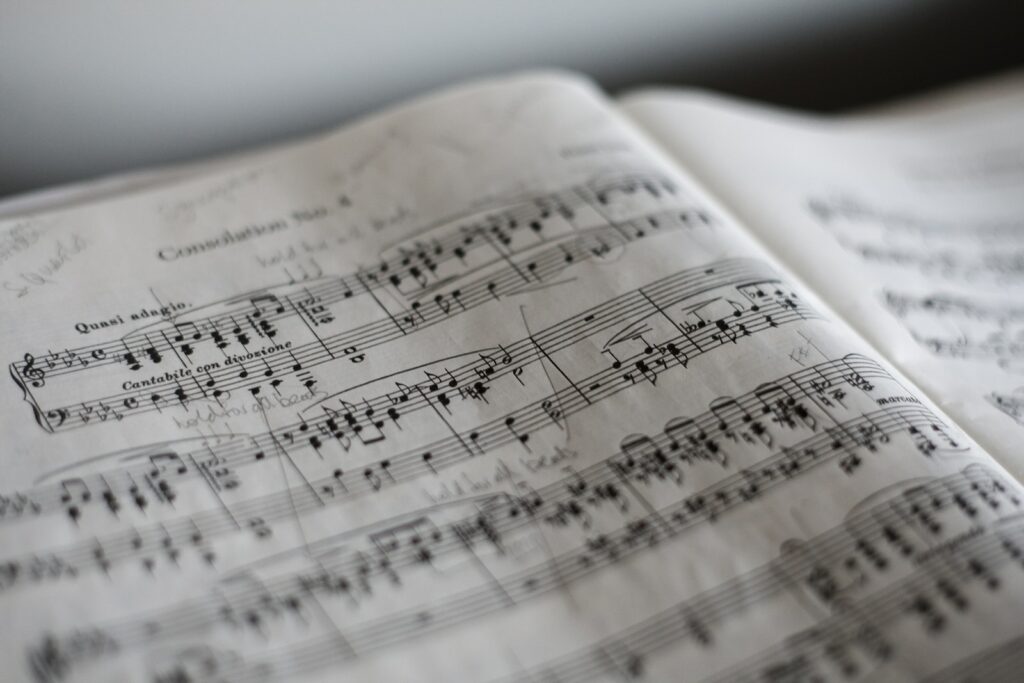In the unique sonic landscape of our lives, music stands as a powerful, ever-pervasive force. This omnipresent form of expression has colored the backdrop of our civilizations, enhancing ceremonies, rituals, celebrations, and simple day-to-day existence. As potent as the palette of an artist, music holds the power to evoke profound emotions, making us weep, laugh, dance, or even drift into contemplation. This article will delve into the intricate relationship between music and mood, exploring its effects on the human psyche through various perspectives.
The Neuroscience of Music and Mood
Before diving into the effects of music on mood, we need to understand the underlying neuroscience. When we listen to music, a flurry of neural activity takes place within our brains. The auditory cortex processes the raw sound data, but the magic happens when this processed data reaches the limbic system—the brain’s emotional center.
Studies show that pleasurable music can stimulate the release of dopamine, the neurotransmitter responsible for feelings of pleasure and satisfaction. The McGill University research led by Salimpoor et al. in 2011 confirmed this by showing a direct link between dopamine release and the emotional arousal and pleasure derived from music. It was the first time the neurochemical response to music was successfully mapped in the human brain.
On the flip side, music can also trigger the release of cortisol, a stress hormone, especially when the listener perceives the music as unpleasant. As such, music’s power extends from lifting our spirits to inducing anxiety or discomfort, much like our own personal puppeteer.
Music as a Mood Regulator
Music’s effects on mood aren’t just passive. Humans have utilized music as a tool to influence their emotional states throughout history. As an active mood regulator, music plays a significant role in our everyday lives. It’s no coincidence that we hum a joyful tune when we’re happy, listen to ballads when we’re sad, or use driving beats to pump us up before a workout.
In a 2013 study published in Frontiers in Psychology, Saarikallio suggested that people use music for emotional regulation in three principal ways: entertainment, active mood regulation, and mood enhancement. Entertainment involves using music to fill time or avoid silence; active mood regulation uses music to change an undesirable mood; and mood enhancement employs music to sustain or enhance a current mood. Thus, it is evident that music serves as a multi-purpose tool in our emotional toolkit.
The Power of Musical Elements
The emotional response elicited by music isn’t arbitrary. Specific elements of music—like rhythm, melody, tempo, and harmony—can evoke distinct emotional reactions. This is the basis for film scores, where music is meticulously crafted to complement the narrative and invoke specific emotional responses from the audience.
For instance, fast tempos and major keys are often associated with positive emotions like happiness, while slow tempos and minor keys are linked to negative emotions like sadness. The use of dissonance, a clash between notes, can create tension or discomfort, and its resolution into consonance can bring feelings of relief and satisfaction.
A study by Hevner (1935) offered a foundation for this understanding, illustrating the correlation between specific musical elements and corresponding emotional states. Later, Scherer and Oshinsky (1977) presented a more comprehensive model, describing the effects of musical attributes like mode, tempo, and pitch on emotions like happiness, sadness, and fear. The impact of these musical elements gives composers and musicians a toolkit to manipulate listeners’ emotions, a power that’s been used and refined throughout centuries.
Individual Differences: Culture and Personal Preference
It’s important to recognize that while music universally affects mood, the degree and type of influence can vary significantly among individuals. The effects of music on mood are significantly influenced by cultural background and personal preference.
According to the research conducted by Fritz et al. in 2009, listeners from different cultures associated different emotions with the same piece of music. Moreover, individual differences also come into play. Music that uplifts one person may leave another indifferent or even agitated, largely depending on their personal associations or the specific memories a song might trigger. Therefore, the relationship between music and mood is as individual as the listeners themselves.
The Therapeutic Power of Music
With its profound impact on mood, music has proven to be a powerful therapeutic tool. Music therapy has become an accepted form of therapy to improve mental health, treat depression, anxiety, and even assist in pain management.
A 2017 meta-analysis published in Cochrane Library, which reviewed 22 trials involving 1,421 participants, found that music therapy, in addition to standard care, helps improve the quality of life for people with depression. Another study by Hanser et al. in 2006 showed that music therapy significantly reduced anxiety levels in cardiovascular patients.
The efficacy of music therapy is further enhanced by the ‘iso principle,’ where music matching the listener’s current emotional state is used initially, gradually guiding them towards a desired emotional state. This concept was first suggested by Altshuler (1948) and has been a pivotal principle in music therapy since.
Conclusion: The Harmonic Dance of Music and Mood
In the orchestration of our lives, music plays an irreplaceable role, offering a refuge where words often fall short. Its effects on mood are deep and wide-ranging, from sparking a cascade of neurochemical responses to providing a therapeutic pathway towards well-being. Whether we’re consciously aware of it or not, music is intrinsically linked with our moods, a universal language of emotion that resonates within each of us.
As we continue to navigate the soundscape of our lives, it’s important to remember the power music holds. After all, music isn’t just sound—it’s an emotional journey, a mood regulator, a cultural signpost, a personal companion, and an instrument of healing. So, let the music play, and let it guide your emotional voyage through the symphony of life.

